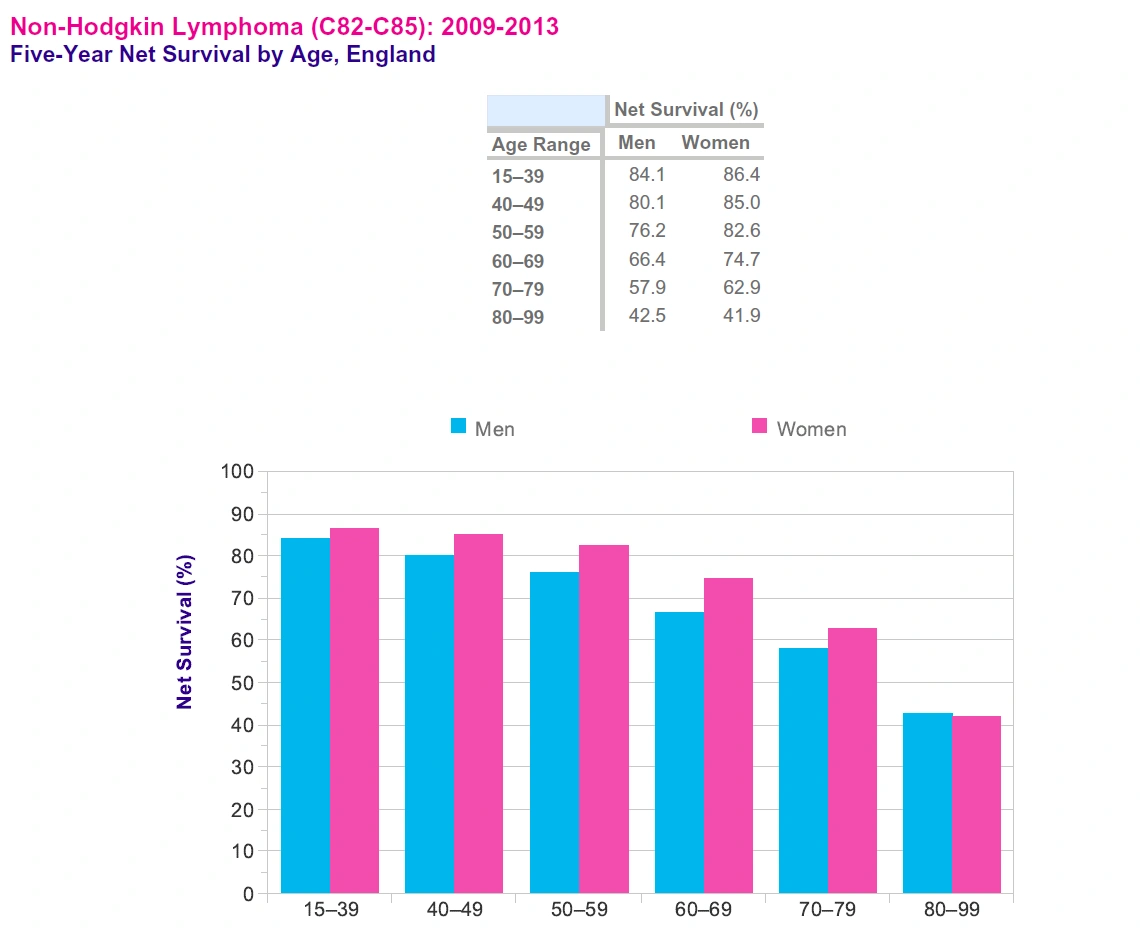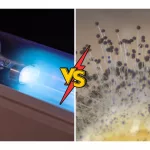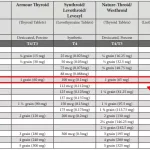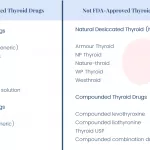
Kids, Surprises, and Tough Diagnoses
Let’s paint a picture. Picture a kid—someone’s giggly kindergartener, or maybe your own curious little one—racing across a playground on a bright, ordinary afternoon. They fall, skin a knee, maybe cry for a minute…and then they hop right back up. Life’s supposed to be like that, right? Bumps, quick tears, then forward motion. So, when something as big and unexpected as non-Hodgkin’s lymphoma barges in, it’s like the story flips upside down in a heartbeat.
If you’re reading this, you might be standing at the edge of that plot twist. Maybe you’re exhausted, anxious, or just…searching. What can you expect if a child (or anyone in your world) is facing this diagnosis? What actually is non hodgkin’s lymphoma life expectancy for kids and teens—and does any statistic ever really prepare you for the emotional chaos? I’m not a robot; I’m someone who believes stories matter. So let’s talk hope, numbers, and what I wish someone had told my family when cancer knocked on our door.
Why Age Makes A Wild Difference
Do Kids Really Do Better Than Adults?
Short answer: yes. Big, resounding yes. Kids are built to heal. Bodies are growing, immune systems are sparky and quick, and honestly, their resilience blows my mind. Take non-Hodgkin’s lymphoma—while the overall 5-year survival rate for NHL across all ages is about 74% in the U.S. (see the stats here), for children and teens it’s even higher—often above 85-90% when the lymphoma is caught early and treated with modern protocols.see detailed breakdown
Does that mean it’s easy? Or predictable? Ha…not even close. What it does mean is, while cancer always stirs up a wild storm of anxiety, age is squarely on a young person’s side. Especially in the last decade—treatments keep getting better and better. Take a peek at Lymphoma survival rate by age if you like numbers that show just how powerful youth can be in this fight.
What Else Stacks The Odds?
It isn’t only about age. Some types of non-Hodgkin’s lymphoma are…well, let’s just say, less stubborn than others. For instance, diseases like Burkitt’s lymphoma or diffuse large B-cell lymphoma in children can be super aggressive (I won’t sugarcoat it), but also tend to respond incredibly well to chemo. That means the initial drama—rushed tests, urgent hospital trips, furious action—can give way to swift recovery. Like a thunderstorm that clears and leaves behind fresh air…
Personal story time. I remember a family at the hospital—let’s call them the Thompsons. Their youngest, Jamie, showed up with a mysterious swelling one day. He went from soccer games to surgery consults in a week. The diagnosis: advanced-stage non-Hodgkin’s lymphoma. Cue panic, tears, the works. But, fast forward six months? Jamie is starting middle school, hair regrown, big attitude, ready to show off his (slightly embarrassing) new dance moves at the school talent show. That tough early sprint, plus the magic of youthful immune systems, tipped Jamie’s odds. Nearly 9 in 10 kids like him reach remission and stay there for the long haul.
Quick Stats Table
| Age Group | 5-Year Survival Rate | What Helps Most |
|---|---|---|
| Children (0-15) | 85–95% | Early diagnosis, fast treatment, robust immune system |
| Teens & Young Adults (15–39) | ~85–90% | Body’s resilience, tailored protocols, strong support |
| Adults (40–60+) | 60–75% | Subtype, general health, stage at diagnosis |
…it’s right there in the numbers. But numbers can’t tell you if your kid’s going to crack jokes through chemo. That’s the stuff you remember.
Life Expectancy: More Than A Statistic
What About After “The Five Years”?
You’ve probably heard it. “If you make it five years, you’re in the clear.” Well…almost. The 5-year survival rate is the go-to metric for a reason—it means loads of kids will live five years or much longer after their diagnosis. But you know what’s better? If the cancer stays gone for five years, it very rarely comes back. For many, that milestone is basically the finish line. That’s worth celebrating, big time.
And what comes after? For most, it’s a normal life. Sure, there might be check-ups, and your calendar will still have those “scan anxiety” days. But from school to sports to college essays and first heartbreaks, life unpauses. That’s what non hodgkin’s lymphoma life expectancy means in real terms: most kids go on to grow up. Yep, actual grownups.
Early Treatment = Brighter Outcomes
No one likes to think about worst-case scenarios…but they matter for honest conversation. What if things aren’t caught early? What if treatment hits a setback? Even then, modern medicine gives us muscle. Aggressive care, second-line therapies, and creative problem-solving are stacking up wins every year. Take a glance at the non hodgkin’s lymphoma life expectancy page for the latest success stories and evolving treatments—there is so much hope wrapped into those pages.
Spotlight: A Family’s “Second Birthday”
There’s this tradition in our local support group—”second birthday” parties, thrown five years after diagnosis. It’s a real-life marker of survival. And if you ask any parent? That hug at year five is cautious, grateful, and about as close to relief as you ever get after the C-word storms your home. The stats—95% survival in limited-stage cases, over 80% even in more advanced cases (yes, really)—are reflected in stacks of second-birthday photographs.
Diagnosis: Signs, Sprints, and Staying Prepared
What Are The Sneaky Warning Signs?
Let’s be honest—kids are weird. They get lumps and fevers for all kinds of silly reasons. But some signals? We have to take them seriously. Persistent swollen lymph nodes (especially around the neck or armpits), night sweats, unexplained fevers, and weight loss are red flags. Don’t get paranoid, but don’t ignore your gut feeling, either. Many families I’ve met look back and remember a “wait, was that it?” moment weeks before diagnosis.
Early discovery = more treatment options, higher odds. Even the stats prove it: Stage I non-Hodgkin’s lymphoma in kids has an 87-95% survival rate (see details here).
Leveling Up Quality Of Life, Not Just Years
Let’s talk real life for a second. What’s the point of surviving if you can’t still be a kid? Top-notch children’s hospitals embed play, art, therapy, and nutrition consults into care. They’ll help plan do-able schoolwork, wrangle siblings, and sometimes just organize pizza nights. (Some of my best “hospital memories” still involve really bad board games on makeshift tray tables…)
Side effects stink, no question. But personalized care—matching therapies to your child’s cancer type, support for mental health, even “scanxiety” coping skills—makes a giant difference. That’s where teams shine. And honestly, it’s lifesaving in its own way.
Children Versus Adults: Who Wins The Race?
| Children (0-18) | Adults (18+) | |
|---|---|---|
| Remission Rate | 85-95% | 60-75% |
| Side Effects | Recover Faster | May Linger Longer |
| Long-Term Survival | Most Kids Live Normal Lifespans | Varies By Subtype, Age |
If you want to nerd out on age and survival numbers, the Lymphoma survival rate by age chart uncovers some cool patterns. Short version: youth rocks, but advances mean adults shouldn’t lose hope, either.
On The Horizon: Medicine That’s Changing The Game
What’s New? Is It Actually Better?
Now for the “science is magic” bit. A handful of years ago, a relapse could mean a rough prognosis. Nowadays? Game-changers everywhere. Targeted therapies, immunotherapy (that’s when your body gets a little “power-up” to fight the cancer harder), and even CAR T-cell therapy (which honestly sounds like a Marvel movie power-up) are available for kids and teens. These are especially handy for hard-to-treat or relapsed cases, and can tip survival rates even higher.
And let’s be real: Research isn’t slowing down. Clinical trials and global data-sharing are exploding with possibilities—nearly all focused not just on “more years,” but on better, brighter, more “kid-like” years. If you’re up for a deep dive, the non hodgkin’s lymphoma life expectancy archive has gold-level updates.
A Teen’s Comeback: From Isolation To “Normal” (Well, Almost)
Met a teen last year—a drama club kid. Missed months of school for treatment, isolated from friends. Fast forward: She landed the lead role in the spring musical. Was she nervous? Of course. But she said, “Hey, if I can handle chemo, I can handle stage fright.” Cancer didn’t freeze her life—it just put it on pause…briefly.
So, What Should You Take Away?
Let’s not pretend this isn’t all overwhelming. It is. Survival rates aren’t the end of the story, but they can give you something to cling to on the tough days. If you’re caring for a kid with non-Hodgkin’s lymphoma, the odds are better now than ever in history. Over 85-95% of children beat it and stay healthy. Most go on to do everything they dreamed of—school, sports, even bad talent show dance moves.
But stats aren’t your destiny. Your child is more than a number, and new treatments mean tomorrow might be a brighter surprise than any graph can show. Find a support system. Take care of yourself along the way. Exchange recipes—or memes—with other parents in the waiting room.
And when you’re ready to go full deep-dive? Check out the real talk and survivor stories on non hodgkin’s lymphoma life expectancy anytime. You’ll find journeys like yours…not average, not perfect, but genuinely hopeful.
So: breathe, hope, repeat. And let kids be kids—even (especially) if they’re fighting something huge.


















Leave a Reply
You must be logged in to post a comment.